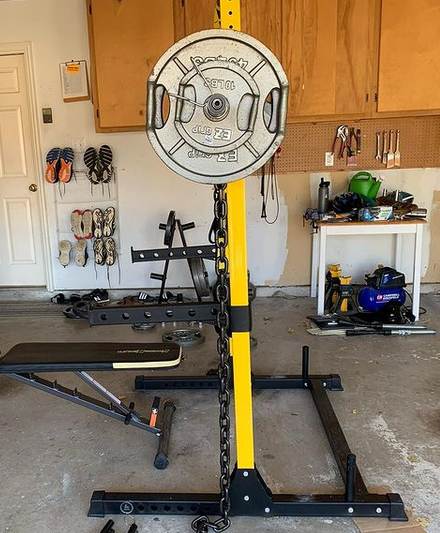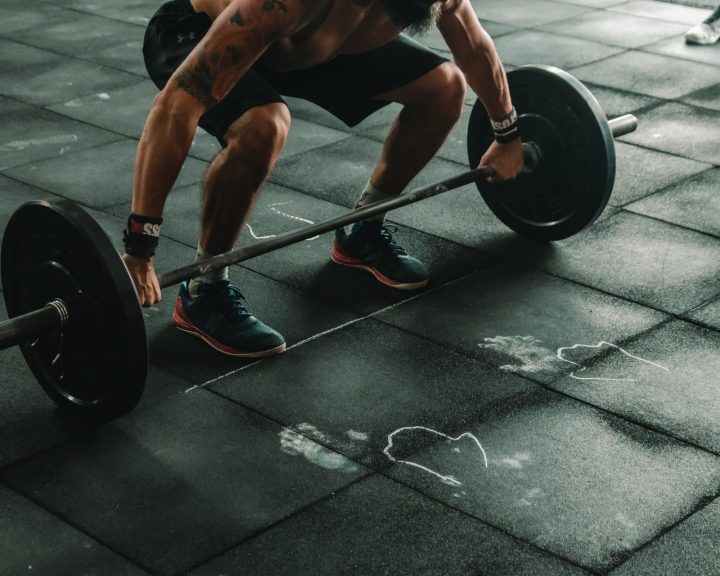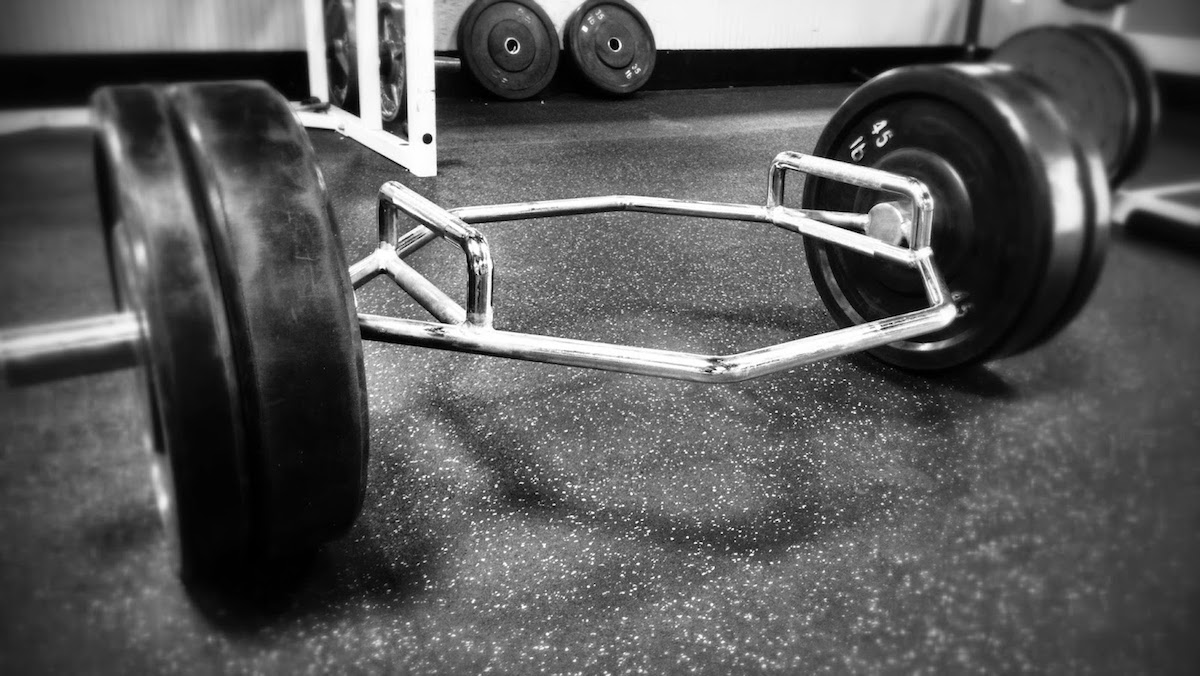When training athletes, we have to keep in mind that they have limited time to train and a limited ability to recover. With that in mind we have to be very deliberate in our choice of exercises. For example, the squat, split squat, and step up are fundamental exercises for an athletic strength and conditioning program. All three target the lower body, but all three are slightly different
Kipp et al in a 2022 study in the Journal of Strength and Conditioning Research examined how different loads impact lower extremity muscle forces during the squat, split squat and step up exercises. They had subjects perform three repetitions at 0% (i.e. wooden dowel), 25%, 50%, and 75% of bodyweight while on force platforms and with reflective markers at different points of their bodies.
Results:
- Gluteal muscles: For all three exercises, gluteal muscle forces increased with increased load. Across all loads, the split squat resulted in the greatest muscle forces followed by the step ups, followed by the squats.
- Rectus femoris: Rectus femoris muscle forces basically decreased with load on the squat, increased with load on the split squat, and did not change with the step ups.
- Vasti muscles: Muscle force increased with load for all three exercises across all three vasti muscles. Across all three exercises, the split squats resulted in the greatest muscle forces from the vasti muscles with essentially little difference between the step ups and squats.
- Hamstring muscles: Also increase muscle force with increased load. The split squat resulted in greater muscle forces for both the semitendinosus and semimembranosus, though the squat resulted in greater biceps femoris (long head) muscle forces during the squat.
- Plantarflexors: Across all three exercises the muscle forces increased with increased load. The split squat and step ups resulted in slightly higher muscle forces than the squat.
As you would expect, as you ask the body to do more by increasing the load it results in greater muscle forces. What is fascinating is how the same loads result in different force outputs based on the exercises. The study clearly shows that split squats are superior, right?
Not so fast. The load on each exercise is a percentage of bodyweight, not a percentage of 1-RM. For example I weigh 80 kg. 50% of 80kg is 40kg. My body is going to experience 40kg differently on exercises like the split squat and step ups that focus on one leg more than the other than on the back squats that focus on both legs. It would have been very interesting to look at this in terms of percentage of 1-RM for each exercise and see how that impacts muscle forces. I have a feeling that the sheer weight that can be moved in the squat, compared to the other two, would have resulted in greater muscle forces.
References:
Kipp, K., Kim, H., and Wolf, W.I. (2022). Muscle forces during the squat, split squat, and step-up across a range of external loads in college-aged men. Journal of Strength and Conditioning Research, 36(2), 314-323.




